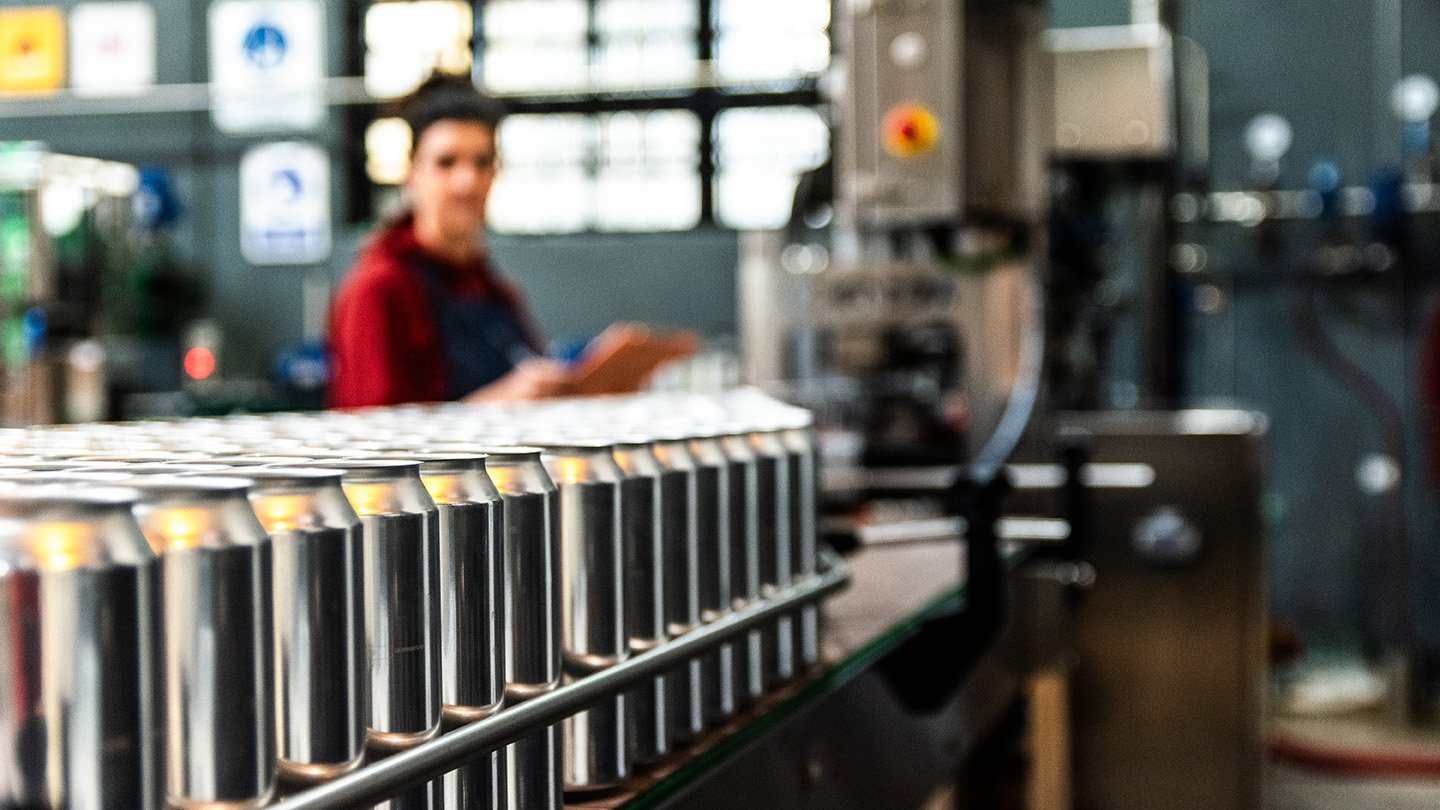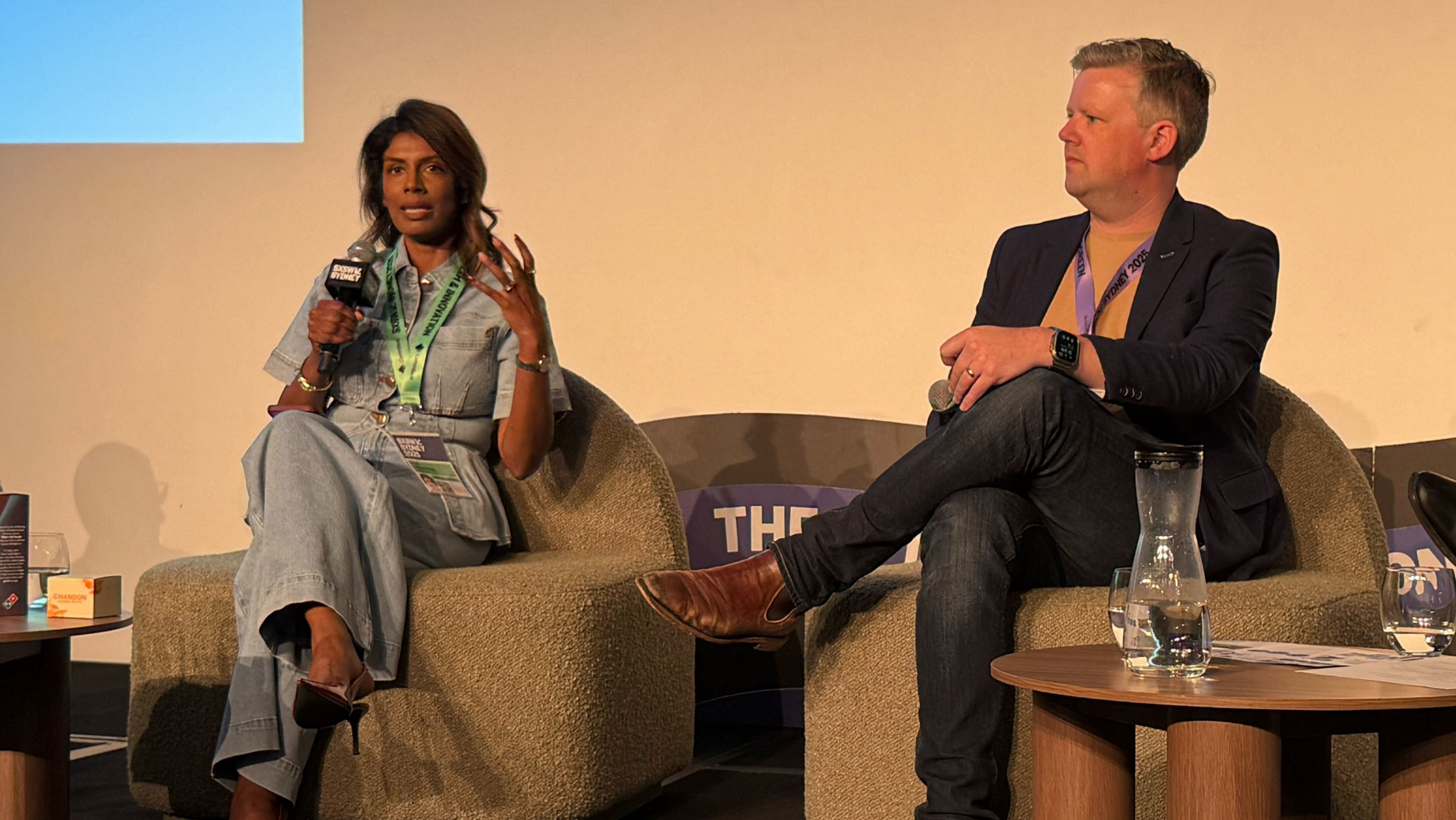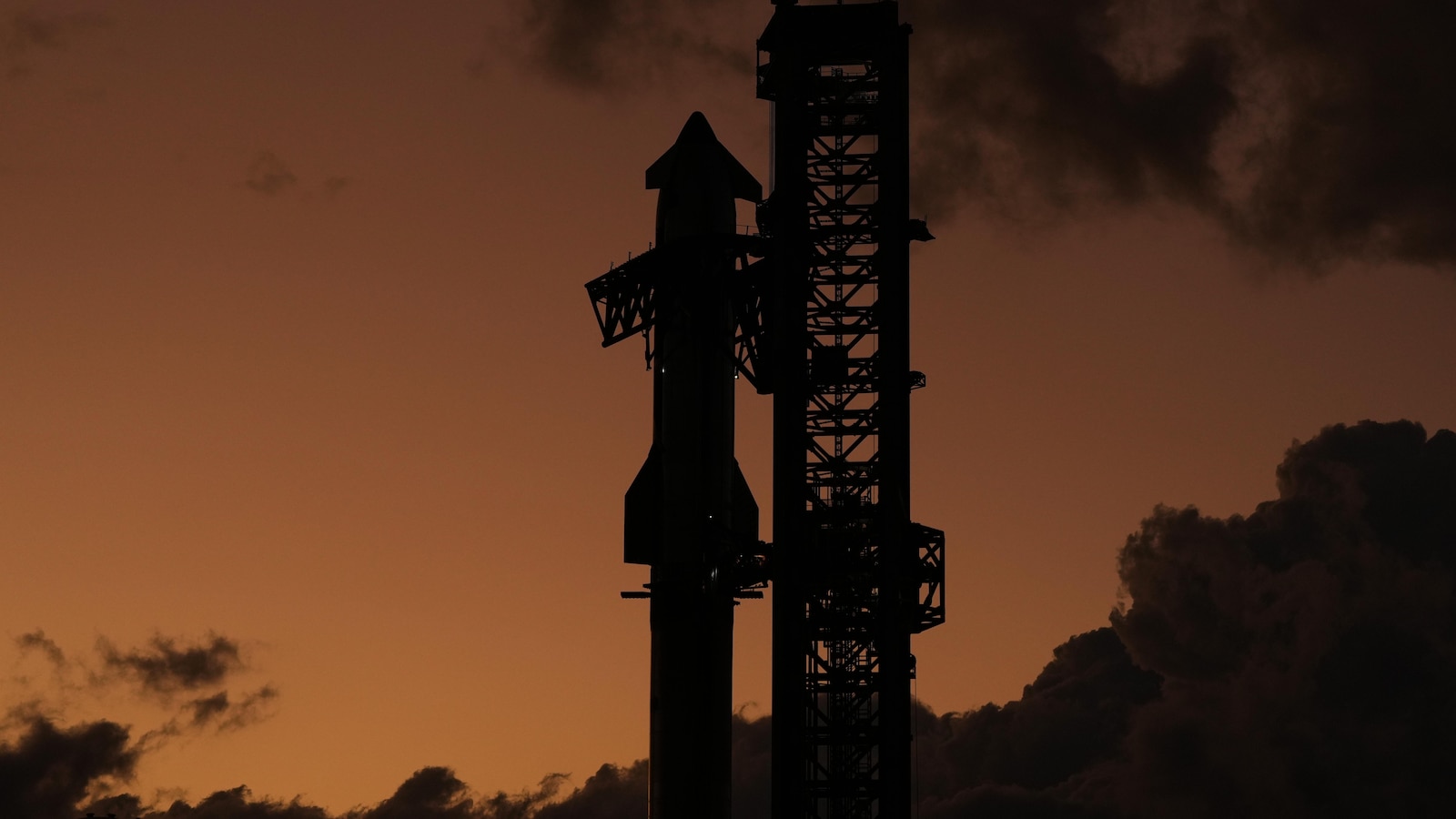While developments in the electric motorcycle space would not normally catch our eye, we were intrigued by Zapp EV’s press release announcing a new factory because of the company’s production strategy: a “microfactory” in a Bangkok Free Trade Zone industrial park. Zapp plans to create 20,000 made-to-order and personalized units per year in a 12,000-square-foot (1,100-square-meter) space. A typical motorcycle factory’s footprint is often an order of magnitude larger, with major facilities often at least 500,000 square feet. While Zapp faces its own set of challenges and the company’s success is uncertain, its progress raises a broader question: Are we in a back to local moment, with new automation allowing for much smaller factories making more bespoke products?
New technologies are enabling smaller-scale and more customized production. With high levels of automation, factories can be profitable at a much smaller scale and can be located much closer to the customer than previously feasible. While not all early ventures will succeed, second movers may find greater success. A growing number of microfactories show us that the concept is increasingly viable even if further refinement is necessary.
Companies across a wide swath of industries have opened microfactories, including:
- Food and beverage (Relocalize)
- 1,200-square-foot autonomous units to make and package ice for grocery stores, with plans to expand to beverages
- Value proposition: reduced logistics cost and sustainability
- Apparel (Rodinia Generation):
- 2,150-square-foot highly automated microfactory capable of producing around 80% of all clothing categories
- Value proposition: 48-hour turnaround, mitigation of global trade risks and costs, and enhanced sustainability
- Semiconductors (Nanotronics Cubefabs):
- Facilities as small as 25,000 square feet with a capital requirement starting around $30 million
- Value proposition: resiliency (countries or OEMs could own their own fabs) and scalable modular design
- Motorcycles (Zapp EV):
- 12,000-square-foot facilities producing around 20,000 vehicles annually
- Value proposition: customization, direct-to-consumer delivery, and premium quality
- (Note: Not yet profitable; a similar effort in EV vans by Arrival folded despite early hype.)
Why now?
Significant shifts in technology and society suggest microfactories’ moment may be near. Four factors in particular help set the stage:
- Manufacturing technology: We’ve seen a shift from large, capital-intensive automation technologies toward more flexible automation. Emerging tools such as AI-driven robotics (and potentially 3D printing) lower scale thresholds significantly, and they’re rapidly improving in quality and declining in cost.
- Sales and marketing approaches: Precision online advertising and AI-enabled customization help companies target niche segments and build personalized ads for personalized products.
- Unmet consumer needs: Microfactories may better serve demand for localization, personalization, and speed. Experiences that were formerly only for the wealthy—such as tailored clothing or food prepared based on a custom nutrition plan—may become more affordable. Even the smallest customer segments, which are stuck with one-size-fits-all offerings today, could become commercially viable with a specialized offering.
- Regulatory pressure: Rising protectionism (tariffs, subsidies, and an array of nontariff barriers) and sustainability mandates all make logistics more costly and favor local production.
How could a back to local moment play out?
The US beer industry offers a parallel transformation—from dominance by macro breweries to a surge of craft breweries. While craft brewing has now become a mature industry, even suffering some recent declines, it is still a remarkable insurgent story over the last 20 years. From 1998 to 2008, the number of breweries held steady at around 1,500. Since then, 8,500 new breweries have launched, giving consumers greater choice and more local variety (see Figure 1). Craft beer’s market share grew from less than 3% in 1998 to 13% by 2024. The same forces that could drive microfactory expansion drove this growth:
- Manufacturing technology: more affordable and automated brewing equipment
- Sales and marketing approaches: Internet-enabled brand building and localized targeting
- Unmet consumer needs: flavor variety, “buy local” preferences, and new experiences (e.g., brewpubs)
- Regulatory pressure: legalization of homebrewing in 1979 and the subsequent deregulation at the state level
Source: Brewers Association
Widespread, cost-competitive, and highly localized production has the potential to reshape numerous industries. Imagine custom-fit clothing priced for the middle class, mainstream cars with the personalization of a gaming PC, or even individually designed protein bars. While many of these products are luxuries currently reserved for the wealthy, emerging technologies may soon make them accessible to a much broader market.
These technological shifts are arriving alongside broader systemic changes that favor decentralization. As pressure mounts on the global free-trade system, markets are fragmenting. Capital-heavy business models may face headwinds as an era marked by cheap and abundant financing comes to an end. In contrast, smaller, modular manufacturing setups offer greater agility. Companies will be able to move with talent pools, respond to local demand, and avoid trade barriers. That strategy stands in contrast to one of anchoring to a single, large location that requires a material portion of global demand to be profitable.
What industries are at greater risk of disruption?
Microfactories could reshape manufacturing footprints in many industries, but that does not necessarily equate to high risks for incumbents. Some incumbents may successfully adapt and even thrive as they embrace the ability to provide more personalization and local production under existing brand umbrellas. Others may cede share to agile new entrants, as seen in the craft beer industry. The way in which customers value brand recognition will be one key factor in the risk level to incumbents.
- Bragging rights from universal recognition: Brands that enjoy broad recognition combined with some level of exclusivity will be more likely to emerge strong from this transition (i.e., brands that consumers want everyone to know they’re buying).
- Few bragging rights or bragging rights from niche appeal: Industries in which brands may be widely recognized but lack prestige, or where brand value comes from limited recognition (e.g., that small-batch beer only a few beer connoisseurs know about).
What business leaders should be asking today:
- Where do consumers most value customization and localization, and how can we best serve that?
- How appealing are niche or generic alternatives in our industry?
- Are our long-term capex and manufacturing footprint plans robust in a world in which microfactories might have a competitive advantage?
- What does a blank-sheet view of a small-scale, localized, highly disruptive business model look like five years from now in my industry?





